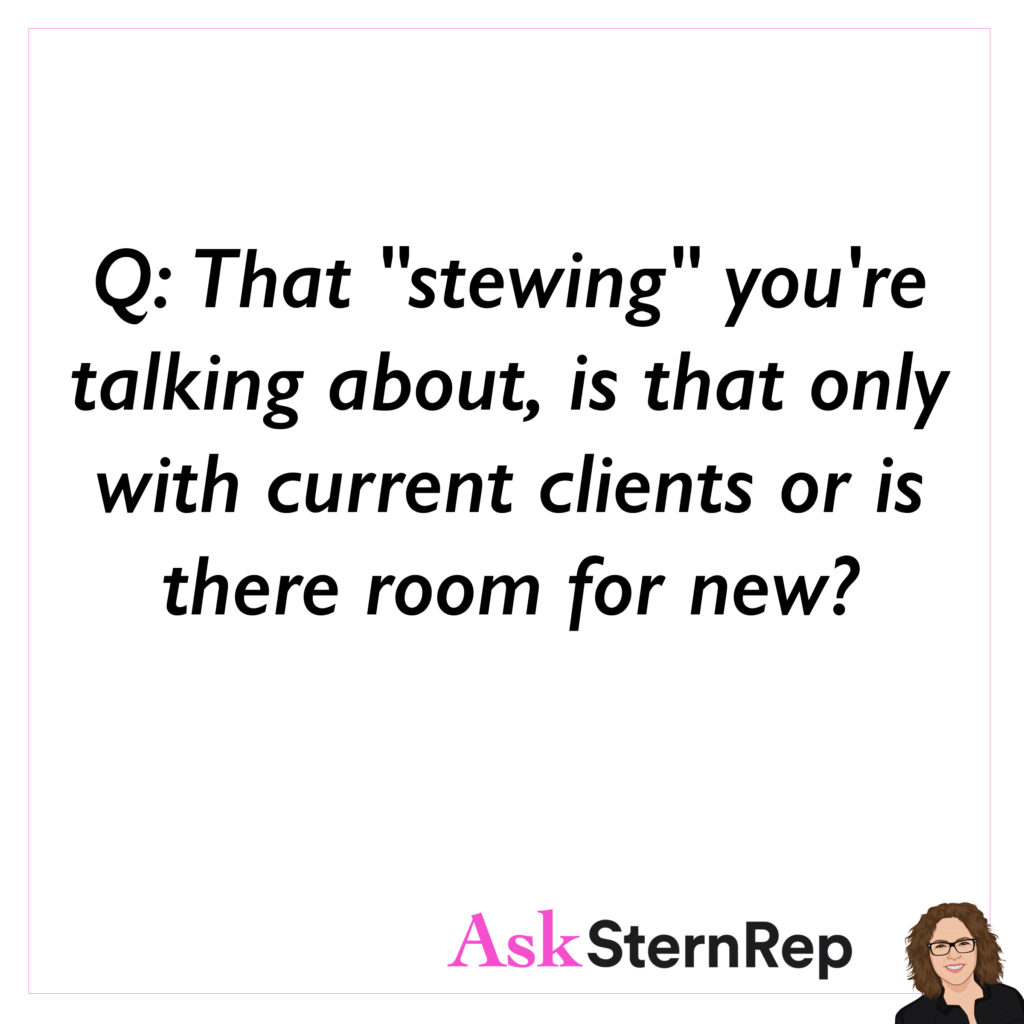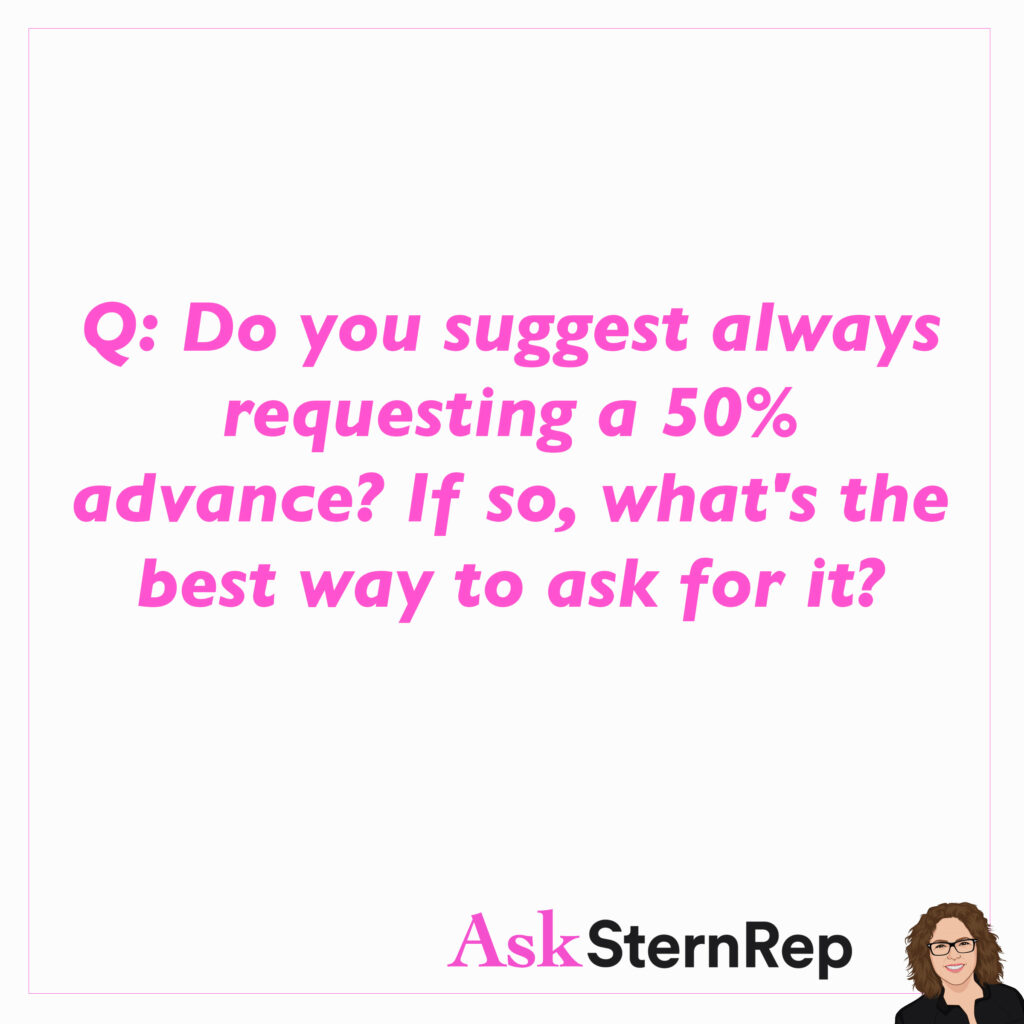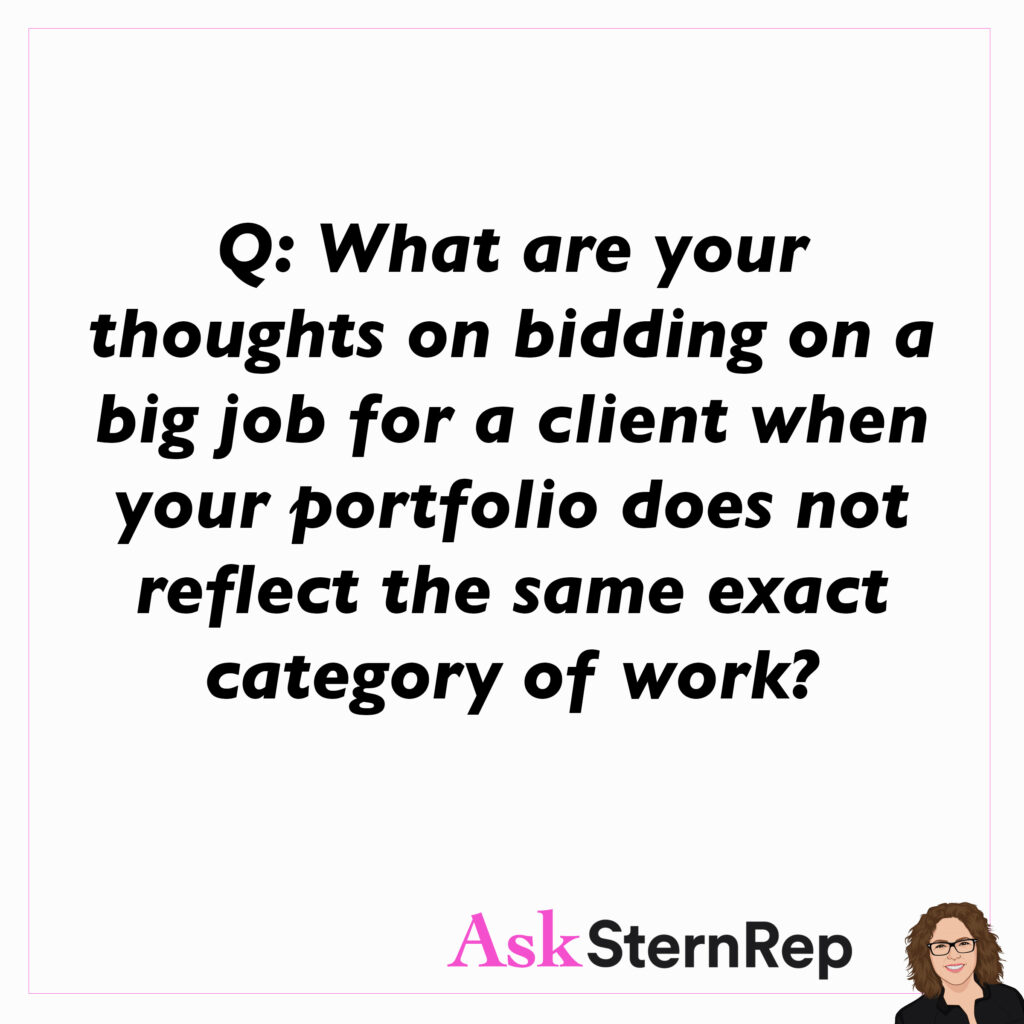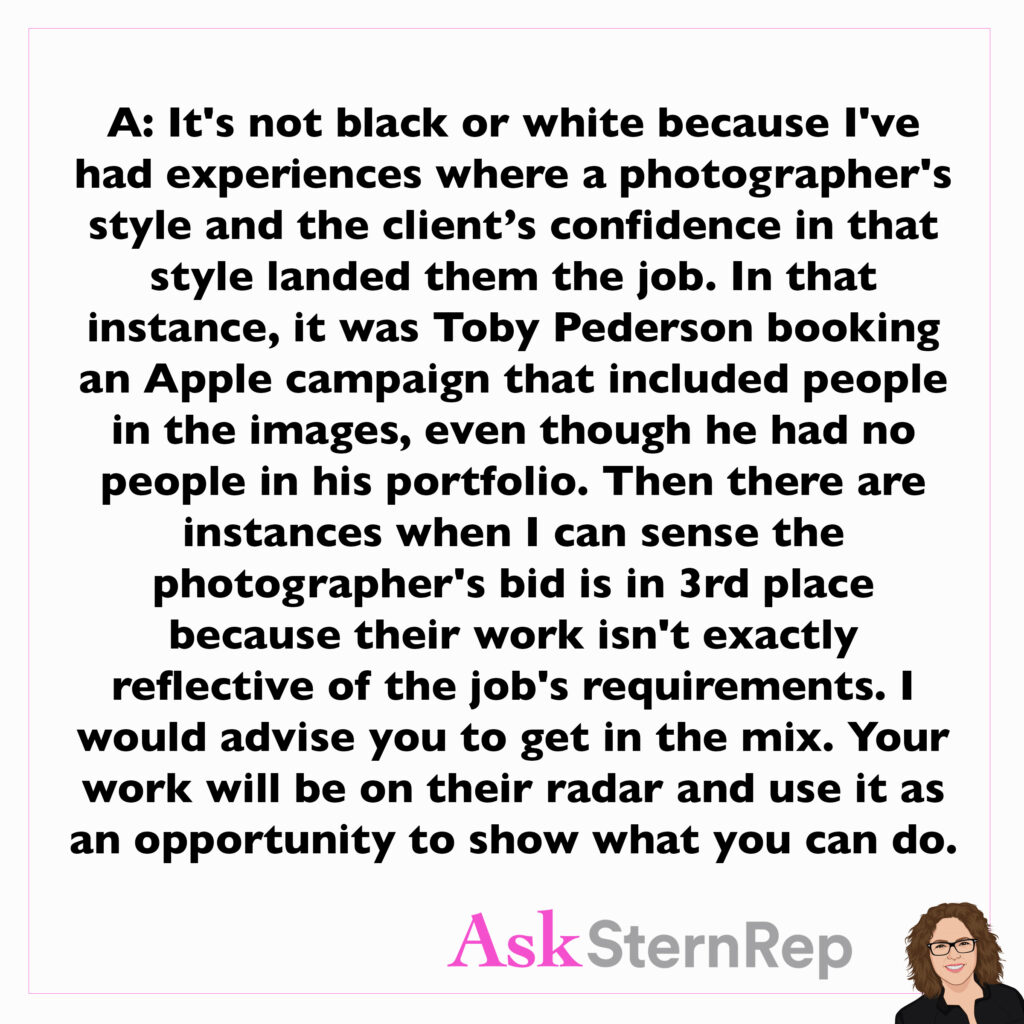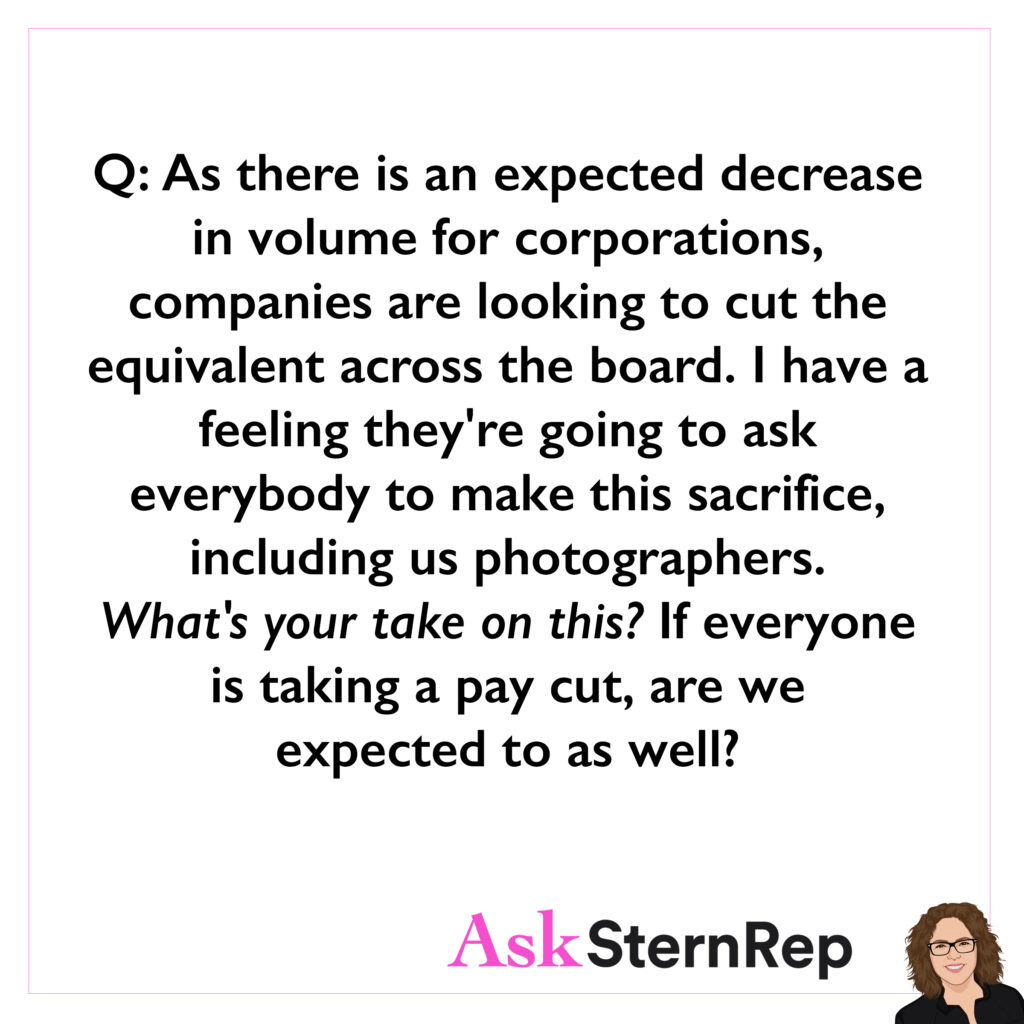
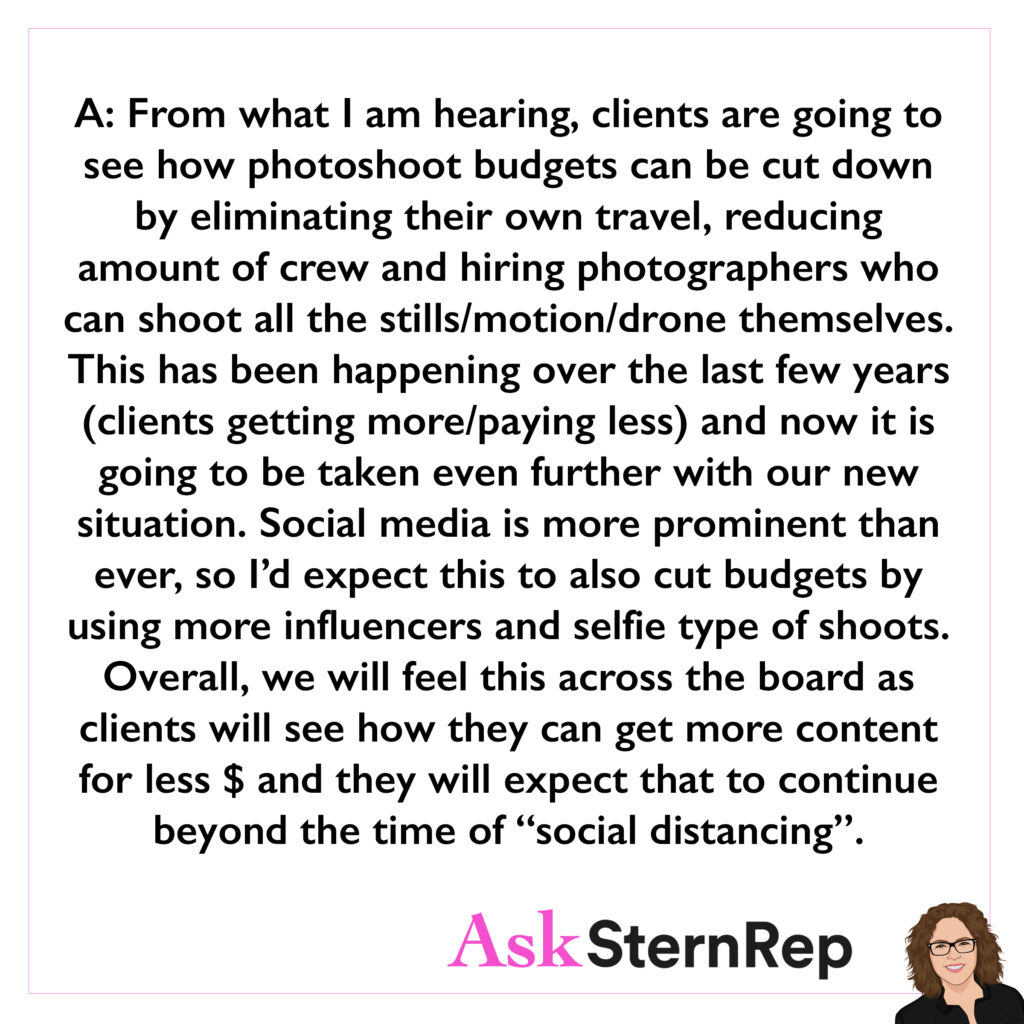
Q:
As there is an expected decrease in volume for corporations, companies are looking to cut the equivalent across the board. I have a feeling they’re going to ask everybody to make this sacrifice, including us photographers. What’s your take on this? If everyone is taking a pay cut, are we expected to as well?
A:
From what I am hearing, clients are going to see how photoshoot budgets can be cut down by eliminating their own travel, reducing the amount of crew and hiring photographers who can shoot all the stills/motion/drone themselves. This has been happening over the last few years (clients getting more/paying less) and now it is going to be taken even further with our new situation. Social media is more prominent than ever, so I’d expect this to also cut budgets by using more influencers and selfie type of shoots. Overall, we will feel this across the board as clients will see how they can get more content for less $ and they will expect that to continue beyond the time of “social distancing.”

